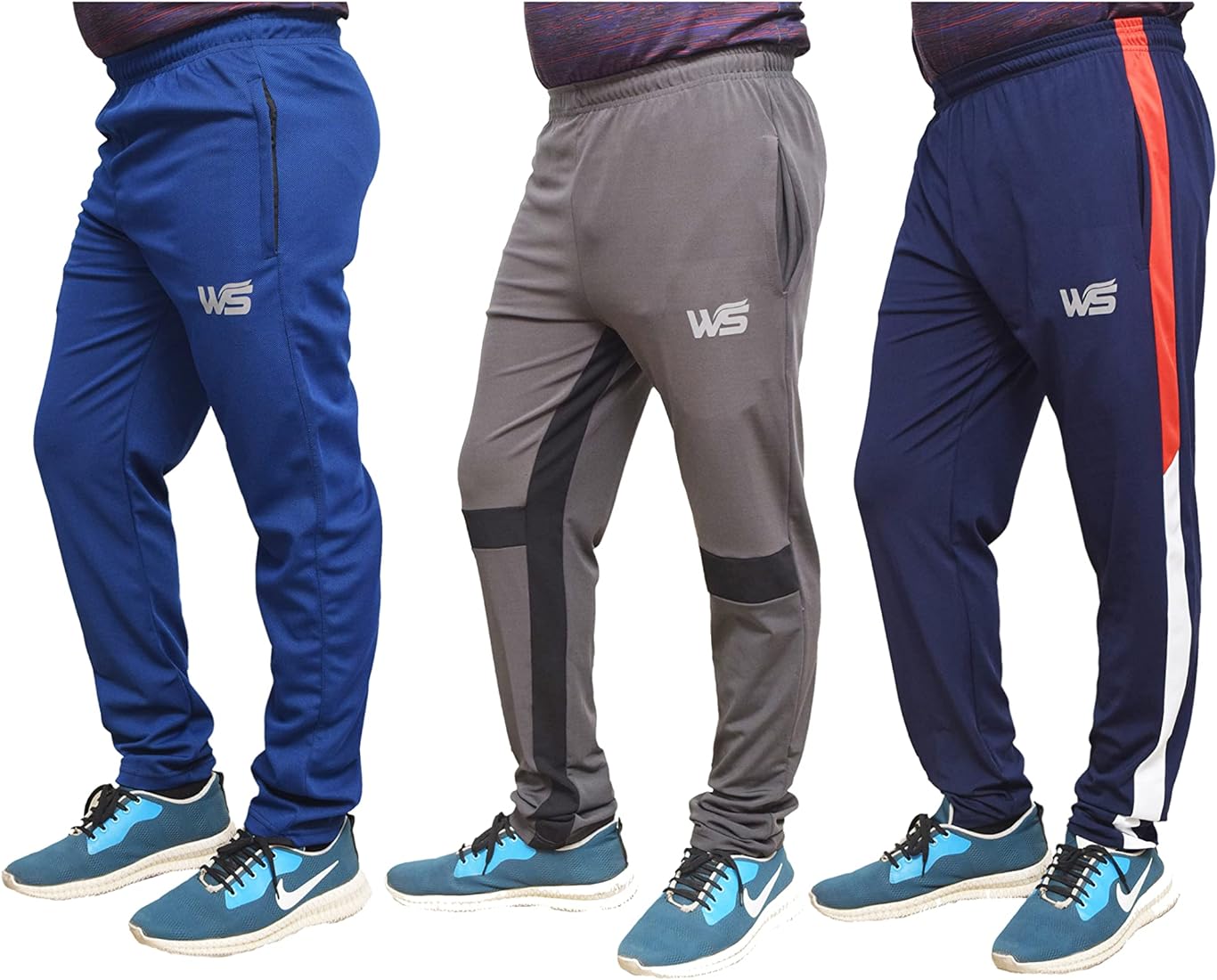In today’s fast-paced world, the concept of a dress code has evolved significantly. Gone are the days when formal attire was the only acceptable option for professional settings. The rise of remote work, casual Fridays, and a growing emphasis on personal expression have led to the emergence of what many are now calling a comfortable dress code. But what exactly does this term entail? This article delves into the intricacies of a comfortable dress code, exploring its implications across various contexts, and offering practical tips for navigating this modern sartorial landscape.
Defining Comfortable Dress Code
At its core, a comfortable dress code refers to attire that balances professionalism with personal comfort. It allows individuals to express their personal style while ensuring that they remain appropriate for their work environment. This concept can vary widely depending on the industry, company culture, and even geographical location. For instance, a tech startup may embrace a more relaxed interpretation of comfortable attire, while a law firm might maintain a stricter standard.
The Evolution of Dress Codes
Historically, dress codes were rigid and often dictated by hierarchical norms. However, the shift towards a more relaxed approach can be attributed to several factors:
- Cultural Shifts: As society becomes more inclusive and diverse, the traditional notions of professionalism are being challenged. This has led to a broader acceptance of various styles, including casual wear, as long as it aligns with the company’s values.
- Workplace Dynamics: The rise of remote work has blurred the lines between home and office attire. Employees are increasingly prioritizing comfort, leading to a demand for dress codes that reflect this new reality.
- Health and Well-being: There is a growing recognition of the importance of mental and physical well-being in the workplace. Comfortable clothing can enhance productivity and morale, making it a practical choice for employers.
Key Elements of a Comfortable Dress Code
Understanding what constitutes a comfortable dress code requires consideration of several key elements:
- Fabric Choice: Breathable materials such as cotton, linen, and blends that allow for movement are essential. Avoiding restrictive fabrics can significantly enhance comfort levels throughout the workday.
- Fit and Style: Clothing should fit well without being overly tight or baggy. Tailored pieces that allow for ease of movement can strike the right balance between comfort and professionalism.
- Footwear: Shoes play a crucial role in overall comfort. Opting for supportive footwear that aligns with the dress code can prevent discomfort and fatigue, especially during long hours.
- Layering Options: The ability to layer clothing can provide flexibility in adapting to varying temperatures and settings. Lightweight cardigans, blazers, or wraps can elevate a casual outfit while maintaining comfort.
Navigating the Comfortable Dress Code in Different Industries
While the principles of a comfortable dress code remain consistent, the application can differ across industries:
- Corporate Environments: In more traditional sectors, such as finance or law, a comfortable dress code may still require business casual attire. This could include tailored trousers paired with breathable blouses or shirts, complemented by smart shoes.
- Creative Fields: Industries like advertising, design, or technology often embrace a more relaxed approach. Here, comfortable attire can include stylish jeans, graphic tees, and fashionable sneakers, allowing for greater personal expression.
- Healthcare and Education: Professionals in these fields may adopt scrubs or smart-casual attire that prioritizes functionality and comfort, while still adhering to safety and hygiene standards.
Practical Tips for Implementing a Comfortable Dress Code
- Know Your Audience: Understanding the expectations of your workplace culture is crucial. Observe what colleagues wear and take cues from leadership to gauge the acceptable boundaries of comfort.
- Invest in Versatile Pieces: Building a wardrobe with versatile items that can be mixed and matched allows for creativity while adhering to a comfortable dress code.
- Stay Updated: Fashion trends can influence workplace attire. Keeping abreast of current styles can help you remain relevant while ensuring comfort.
- Communicate: If you’re in a position to influence dress code policies, advocate for guidelines that prioritize comfort without sacrificing professionalism. Open discussions can lead to a more inclusive and relaxed environment.
Conclusion
The concept of a comfortable dress code is not merely a trend; it reflects a fundamental shift in how we perceive professionalism and personal expression in the workplace. By understanding its nuances and applying practical strategies, individuals can navigate this evolving landscape with confidence. Ultimately, a comfortable dress code fosters an environment where employees feel valued, empowered, and ready to perform at their best. Embracing comfort is not just about clothing; it’s about creating a culture that prioritizes well-being and authenticity in the professional realm.



